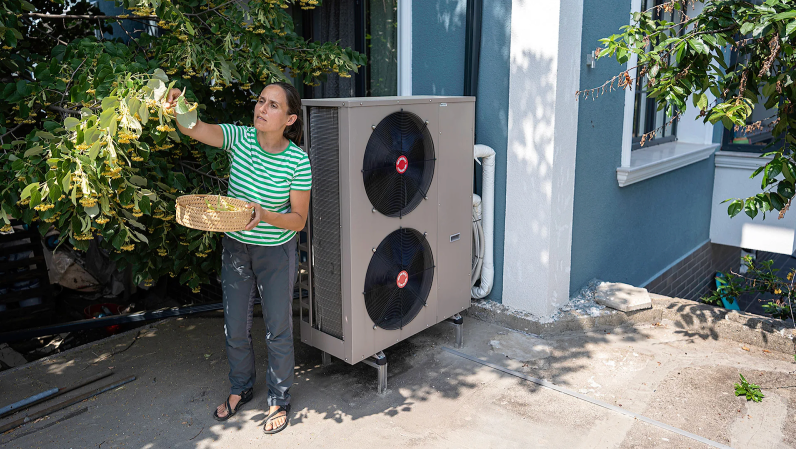Seven proven ways to help the planet in 2025
- dhruvi kavedi
- Jan 20
- 4 min read
Slowing down climate change is an immense task, but small individual actions can add up to help reduce emissions.
In 2024, the critical 1.5°C threshold was breached for the first time, emphasizing the urgent need to cut global emissions. While tackling climate change requires systemic actions like scaling up renewable energy and halting fossil fuel production, individual efforts also play a significant role. Simple steps, such as eating more plant-based food, reducing flights, and buying second-hand clothes, can collectively make a meaningful impact. While the challenge may seem overwhelming, these actions contribute to a more sustainable future, demonstrating that individual choices matter in the fight against climate change.

1.Eat a plant based diet
In 2022, BBC Earth features editor Martha Henriques and senior journalist Zaria Gorvett decided to put this to the test, and tracked the carbon emissions of their meals over the course of a week. They discovered that simply following such a diet leads to lower emissions overall, and surprisingly, the amount of food waste generated and the cooking methods used each day also had a sizable impact.

2. Take the train instead of flying
If you are someone who flies regularly it's probably making up a huge proportion of your carbon footprint, Using the train, bus or even a car with more than one person is nearly always lower carbon per km or mile.
If you’re choosing to travel by car- choose a smaller one, if you’re taking flights- take less and replace short rides with trains or communal transports, Try cycling once in a while, you may just discover your love more nature. Choose the one with less carbon emissions that decrease your carbon footprint because individual prints are what adds up to our total carbon footprint, try and encourage more sustainable actions.

3. Buy fewer clothes
A simple action of keeping your wardrobe minimalistic can help one decrease their carbon footprint significantly.
This can happen by buying fewer clothes, washing less, upcycling, handing in clothes and thrift stores, buying clothes from thrift stores etc.
4. Reduce your paw footprint
switch to more sustainable protein for their feed. Another alternative protein gaining popularity in pet food is insects – which can be fed on food waste, and have a high feed-to-meat conversion rate.
A simple – but perhaps surprising – way to make your beloved pooch more sustainable is to switch to recycled dog poo bags, as opposed to bags made from virgin plastic or compostable alternatives, which have a surprising climate impact. Such simple actions can help you achieve alower paw footprint

5.consider heating alternatives
Cities like Brussels and Vancouver are tapping into alternative heating systems by utilizing waste heat from sources like sewer systems and data centers. For individuals, heat pumps have become one of the most carbon-efficient heating options, with installation costs gradually decreasing and financial incentives available in 30 countries. The International Energy Agency estimates that by 2030, heat pumps could reduce global CO2 emissions by 500 million tonnes. For those still using gas boilers, improving insulation, adding draught excluders, and using thick curtains can help enhance efficiency and lower energy bills, serving as steps towards a more sustainable heating solution.

6. Invest in a greener pension
Personal finances can significantly impact sustainability, as how we save, invest, and spend money influences the climate. Banks often fund fossil fuels, and while your deposits don't directly go toward this, shifting your money to a credit union or building society can encourage more sustainable practices. Additionally, your pension, one of the largest sources of investment globally, can be a powerful tool for sustainability. Many people are unaware of how their pension is invested, but a simple first step is to inquire about their sustainability policies and investment options to make greener choices.
7. Cut down on single use plastic
Plastic is deeply embedded in our daily lives, with microplastics found in everything from sea ice to our food and water. As plastic production is expected to double by 2050, the need to reduce consumption becomes critical. Switching to alternatives like bringing reusable produce bags, using milk vending machines, shopping at zero-waste stores, and replacing cling film with beeswax wraps can help cut plastic use. Additionally, opting for reusable utensils and straws instead of disposable ones can significantly reduce plastic waste. These actions not only benefit the planet but also improve our health by reducing exposure to harmful chemicals linked to plastic.
My take back :
One’s Baby steps may lead to a sustainable future : Climate change is a pressing global issue that demands immediate attention. Rising temperatures, extreme weather patterns, and increasing natural disasters are just some of its
consequences. Recent events, such as the devastating wildfires in Los Angeles, highlight the urgent need for action. These fires not only threaten lives, homes, and wildlife but also exacerbate air pollution and contribute to further environmental damage. Such events serve as a stark reminder that climate change is not a distant threat, but a present-day crisis that requires collective efforts to mitigate its effects, reduce emissions, and create sustainable solutions for the future.
Simple steps like these integrated in each of our lives can lower our carbon emission significantly, starting a small initiative may actually help you save the planet as it calls for urgent actions. So getting rid of that mentality of “everyone does it mine wont make a difference” is extremely important.
YOUR CHOICE AND YOUR ACTIONS MATTER, CHOOSE WISELY!!
Source for the article and its pictures : https://www.bbc.com/future/article/20241231-seven-proven-ways-to-help-the-planet




Comments